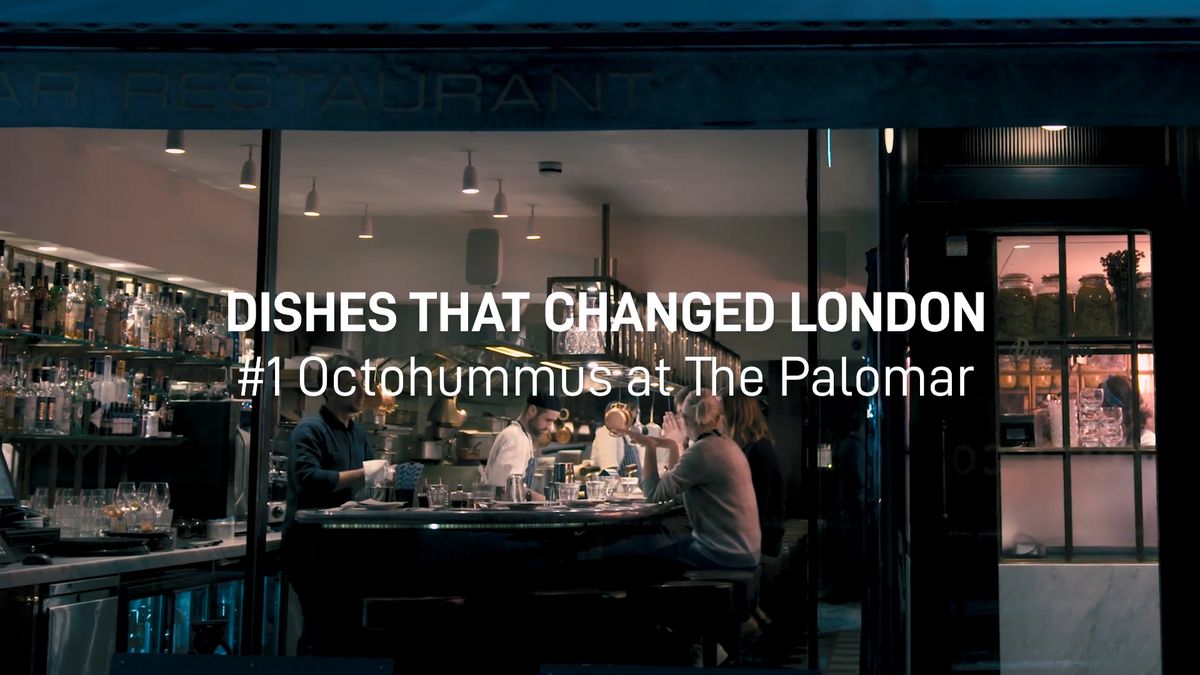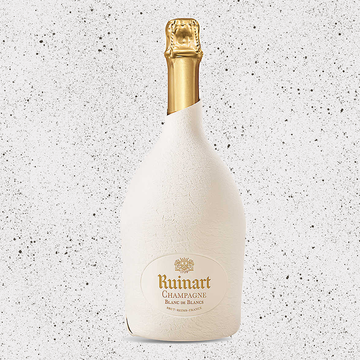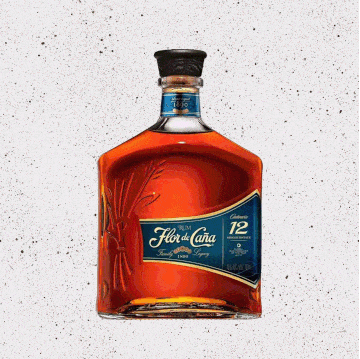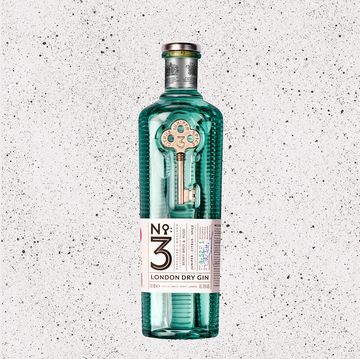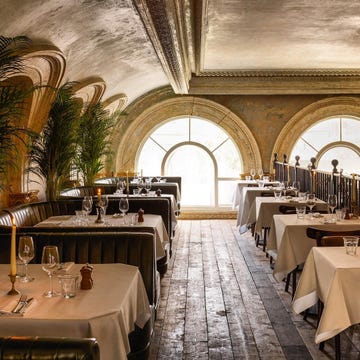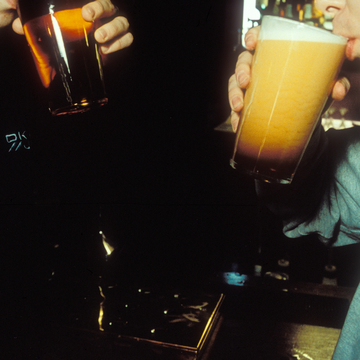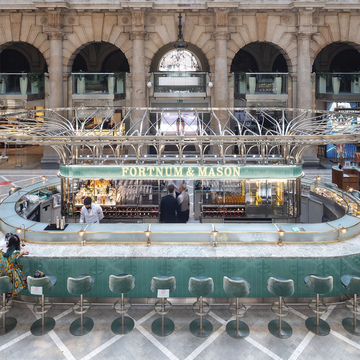There is a moment in the 1987 film Withnail & I when Danny the drug dealer, lamenting the end of the Sixties, captures the sentiment perfectly: "They're selling hippie wigs in Woolworths, man." I often feel this way when I think about the restaurant scene today in the UK. What used to be cutting edge is now commonplace, what was once trendy now seems tired. Take those carbon-filament squirrel-cage lightbulbs that started appearing in independent, folksy, hole-in-the-wall restaurants around Soho and Shoreditch a few years back. Now they're everywhere. They're even in some McDonald's, man.
The food trend of recent years that has started to feel ubiquitous and bandwagonish is "clean eating". Its champions have since disowned the phrase, however, distancing themselves from what was fast becoming a movement. The supposed science on which that philosophy was based has been largely discredited and its detractors have since delighted in their schadenfreude.
I have always been suspicious of food trends, believing that, ultimately, we are much happier with a bowl of oxtail soup and a few slices of buttered bread. I have even, on occasion, and to the horror of my wife and kids, been known to indulge in tinned ravioli on toast.
Now, as long as it doesn't represent your entire culinary repertoire, there's nothing wrong with tinned food. It's quick, it's convenient, it takes up little larder space, and it's perfect for stockpiling in the event of a zombie apocalypse. When you look at the origins of preserving food in cans, it's almost miraculous. The technique was first perfected in 1809 by Nicolas Appert, a French chef, confectioner and distiller.
For around 50 years, no one really knew why tinned food worked, just that it did. Louis Pasteur finally solved the mystery in the 1860s by proving that the canning process creates a sterile environment where microbes can't thrive. (The longest recorded period between canning and eating is 109 years. The steamboat Bertrand sank on the Missouri River in 1865 but tins recovered from the wreck and opened in 1974 were declared perfectly safe to consume.)
Which brings me to this month's dish: salade niçoise. In keeping with all my recipes this year, it's a classic and, as with all classics, you don't mess it about. I have eaten this in fancy-pants restaurants where the chef has carefully seared a slab of expensive tuna and artfully balanced it on the meagre salad beneath. That's just wrong, I'm afraid. It must be prepared with tinned tuna. Additionally, it should be made with an excellent, freshly prepared vinaigrette and, while generous on other ingredients, light on the leaves.
Salad Niçoise
• A small handful of delicate, green salad leaves
• 20 small ripe tomatoes, halved
• 250g French beans, trimmed
• 50g black olives, pitted
• 1 large cucumber, peeled, deseeded, chopped
• 200g tinned tuna in oil, drained
• 50g tinned anchovies, drained and separated
• 6 small free-range eggs
• A handful of cooked new potatoes, halved
• Small handful flat parsley, chopped
For the dressing
• 3 tbsps extra virgin olive oil
• 1 tbsp red wine vinegar
• 2 tsps Dijon mustard
• Half a garlic clove, extremely finely chopped
• Pinch of caster sugar
• Pinch of flaky sea salt
• Twist of black pepper
Method
1. Put dressing ingredients into a clean jam jar with a tightly fitting lid. Shake jar vigorously until dressing has emulsified. Set aside.
2. Place eggs in a large pan of cold water, bring to the boil and cook for a further 4½mins. Drain, run under a cold tap for 30secs, peel and set aside.
3. Bring a separate pan of salted water to the boil and cook the trimmed beans for 5–6mins until tender but with a little resistance to a bite. Drain and set aside.
4. Crunch salt onto the cut surfaces of the tomatoes. With a sharp knife quarter the eggs lengthways.
5. Loosely and generously layer the ingredients equally into four large, shallow bowls while liberally drizzling over the dressing to build each salad. End with a layer of the prettiest ingredients, a scattering of parsley and a flourish of dressing.


